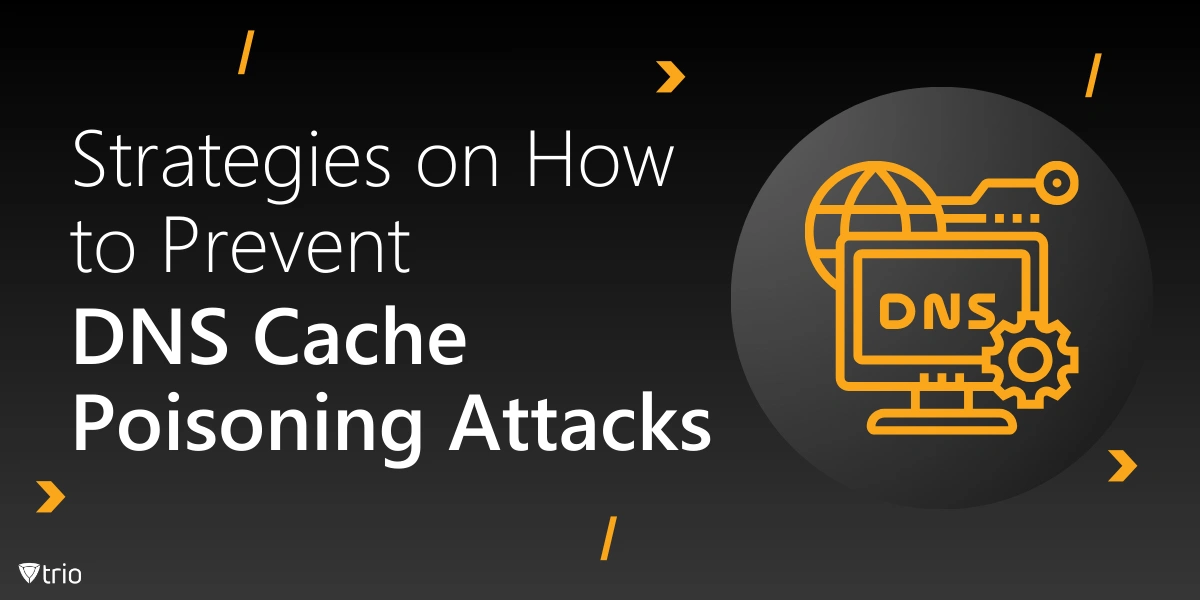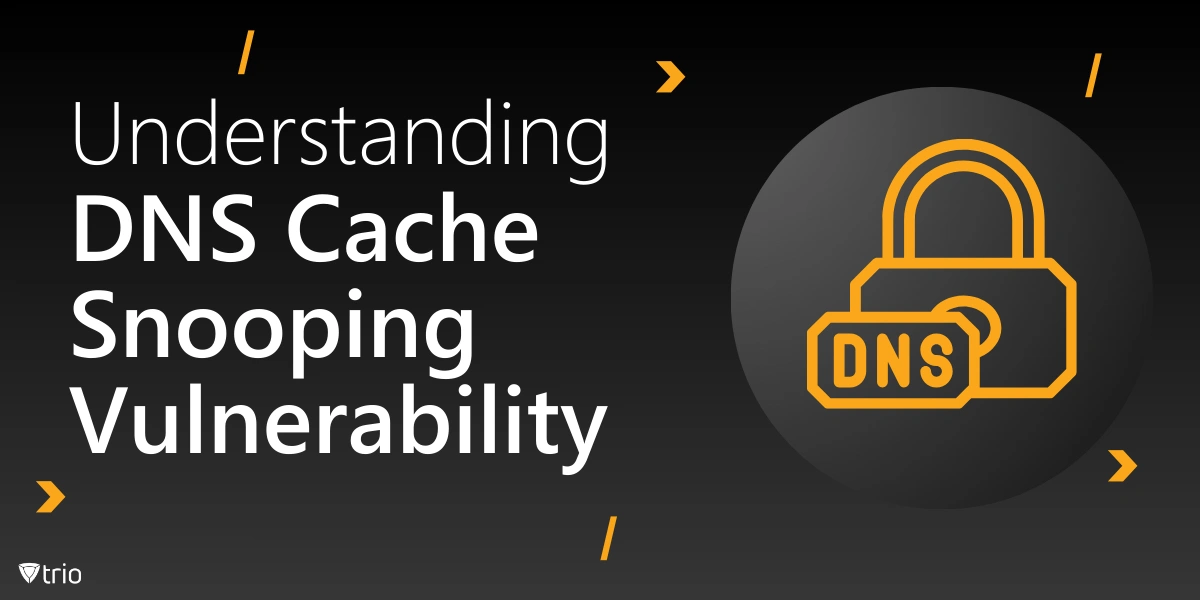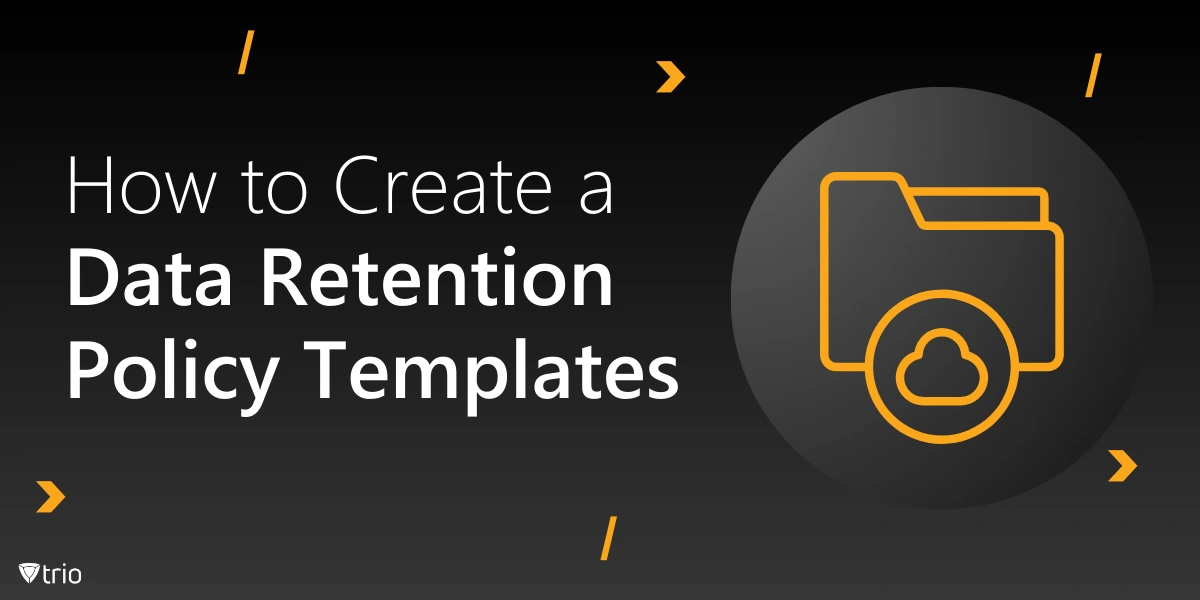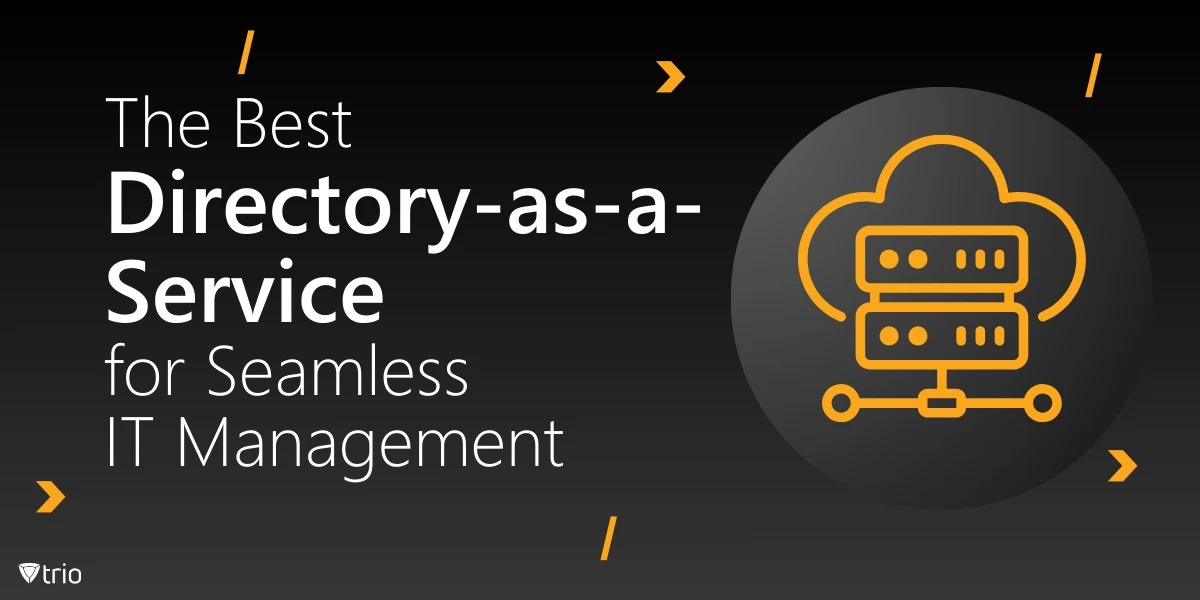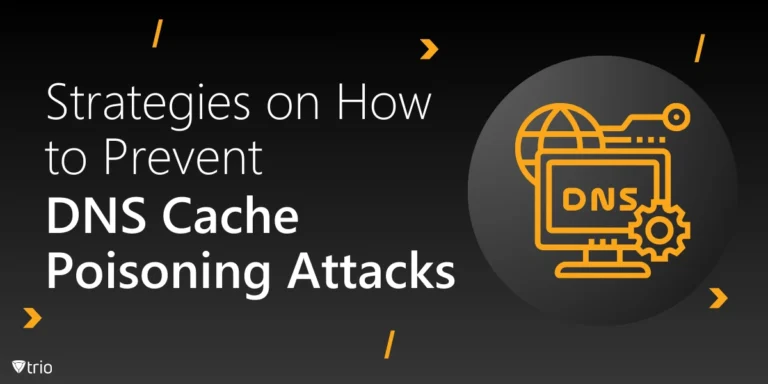When debating the issue of file server vs. NAS, most people focus on surface-level differences. But there’s far more to this choice than meets the eye. The decision impacts knowledge management, IT asset management strategy, and your bottom line. Make the wrong call, and you might face downtime, data sprawl, or costly upgrades that disrupt your business.
Both options aim to organize and centralize digital files, yet they diverge in setup, scalability, and security. While one may thrive in a small office, the other could be better for growing businesses looking for flexibility. The trick lies in understanding their unique strengths and limitations before locking in a long-term solution that might not scale well.
This blog post highlights seven unexpected reasons to rethink your storage strategy and approach your decision with greater confidence. Whether you’re starting fresh or replacing old systems, this roadmap offers insights that could save time, money, and headaches while enhancing your data management capabilities and streamlining operations.
The Basics: What Are We Really Talking About?
Let’s start with the file server definition. Traditionally, a file server is a dedicated computer designed to store and manage files. It integrates within a network, enabling users to access and share files securely. File servers often require IT teams to set up and maintain them as part of larger infrastructures, which can add complexity.
Now, onto the NAS server definition—a streamlined alternative designed for simpler setups. A NAS (Network-Attached Storage) device connects directly to a network and provides centralized storage with easier management options. It’s engineered to deliver shared access, backup capabilities, and media streaming without requiring complex installations or highly specialized IT expertise.
The difference? File servers often fit well into enterprise ecosystems with custom configurations tailored to specific workflows. NAS systems, by contrast, shine in smaller setups or hybrid IT environments where simplicity, cost-efficiency, and usability matter most. Both solutions can be highly effective when deployed strategically.
Choosing between the two depends on factors like budget management preferences, and long-term file-sharing needs. Understanding their distinctions can ensure your data remains accessible, scalable, and future-proof without forcing costly upgrades or long-term infrastructure changes.
1. Ease of Deployment – Plug, Play, and Prosper
Deploying a NAS file server often feels like assembling flat-pack furniture—surprisingly simple and satisfying. NAS devices typically arrive pre-configured, enabling quick installation without specialized expertise. This simplicity allows smaller businesses and home offices to get up and running without requiring dedicated IT staff to manage the setup process.
In contrast, traditional file servers demand IT collaboration for setup, integration, and permissions configuration. While this approach offers flexibility and customization, it’s slower and leaves room for misconfigurations that may create vulnerabilities or inefficiencies. Businesses relying on file servers often need ongoing IT support to maintain optimal performance and ensure compliance.
A straightforward NAS setup means fewer delays, quicker results, and reduced risk of errors. Businesses needing scalable solutions without prolonged downtime often benefit from NAS systems, making them ideal for startups and small teams looking for reliable storage without overburdening IT resources.
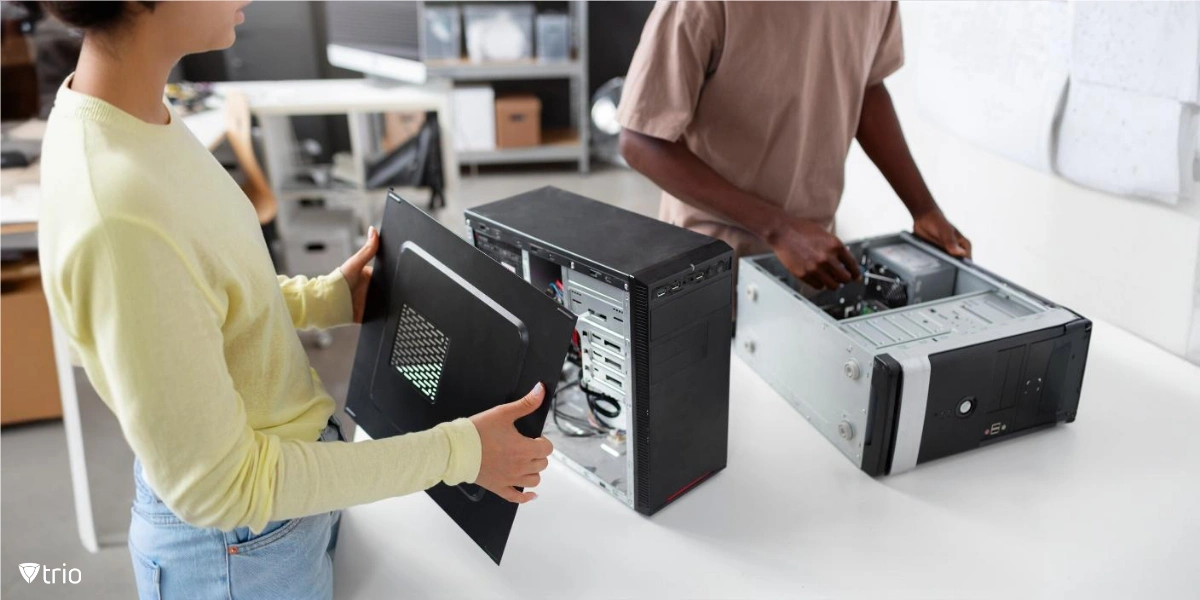
2. Storage and Scalability – Growth Without Growing Pains
Scaling a home file server often requires adding drives, upgrading hardware, or even replacing entire systems. This process can be expensive, disruptive, and time-consuming, especially for growing businesses or organizations needing frequent adjustments to accommodate evolving data storage needs.
NAS storage, however, offers scalability without the drama of complex upgrades. Many NAS devices support hot-swappable drives and modular expansions, making upgrades a breeze without powering down systems or requiring downtime. This flexibility enables organizations to expand storage capabilities without costly infrastructure changes.
Even small offices can plan ahead, ensuring their setup grows with their needs. From backup solutions to multimedia storage, NAS systems provide flexibility for future expansion without requiring an IT overhaul or significant additional investments. Planning for growth eliminates the risk of outgrowing systems too quickly.
3.: Security and Data Protection – Built to Shield Your Data
Both file servers and NAS devices prioritize security, but their approaches differ significantly. File servers typically rely on user authentication and permissions to guard sensitive files, ensuring only authorized users can access or modify important documents and data within tightly controlled network environments.
Advantages of NAS storage include built-in features like RAID configurations, encryption, and access controls that enhance data safety out of the box. Many NAS systems also support automated backups and snapshots, offering extra peace of mind by allowing businesses to recover data quickly in case of accidental deletion or system failure.
Regardless of the system, maintaining IT infrastructure security with firewalls, software updates, and proactive monitoring ensures data remains protected in an evolving cyber landscape. Businesses should prioritize a multi-layered security approach to protect against internal and external threats effectively.
4. Access and Convenience – Logins or Logins Made Easy?
File server examples highlight centralized systems that work seamlessly within larger IT infrastructures. However, access typically requires domain authentication or VPN setups, which can be less intuitive for remote users who need to connect securely from different locations or devices.
NAS systems simplify access through web interfaces and mobile apps, making file-sharing easier for hybrid teams and remote workers. Employees can securely log in from anywhere without dealing with cumbersome configurations or relying on third-party VPN services, streamlining collaboration and file management.
Whether managing in-office teams or remote collaborations, NAS systems prioritize ease, offering accessibility that keeps workflows smooth and operational. Remote-friendly tools and flexible permissions empower modern businesses to maintain efficiency without compromising security or convenience.
5. Upfront vs. Ongoing Costs – Pay Now or Pay Forever?
Initial setup costs for file servers include hardware, software, and licenses, often stacking up quickly and exceeding initial budgets. Meanwhile, NAS vs. SAN reveals that SAN solutions cater to large enterprises at even higher price points, making them unrealistic for most small-to-medium-sized businesses.
NAS systems are more budget-friendly upfront and include built-in management features, reducing long-term expenses by eliminating costly licensing requirements. Businesses can also reduce costs by outsourcing maintenance to managed IT services, eliminating the need for full-time IT staff dedicated to maintaining storage systems.
When balancing costs with capabilities, NAS devices often win as the economical and efficient solution. Businesses benefit from predictable costs and streamlined operations, enabling better resource allocation and smarter investments in growth and innovation.
6. Integration With Other Devices – Connect and Conquer
File servers integrate deeply with enterprise apps and operating systems, often leveraging Active Directory for user management. This integration, however, sometimes requires specialized configurations and licenses, increasing setup complexity and IT reliance.
A NAS system, on the other hand, thrives on multi-device compatibility. From syncing with smart TVs to serving as media hubs, NAS devices cater to both professional and personal use without complicated configurations or additional software requirements, improving usability and flexibility.
Seamlessly connecting devices simplifies workflows and supports multimedia access, ensuring operations remain flexible and future-ready. Businesses benefit from scalable solutions that enhance collaboration, data sharing, and remote accessibility across multiple platforms.

7. Future-Proofing – Stay Ready for Tomorrow
Future upgrades often mean replacing file servers’ hardware or reworking software configurations. While functional, this approach can be costly and time-consuming, especially for businesses facing rapid growth or changing IT needs. Custom upgrades might also demand extensive testing and compatibility checks, further delaying implementation and increasing expenses.
Modern NAS devices excel at future-proofing, offering firmware updates, virtualization support, and cloud sync capabilities. Many include modular expansion options, so businesses can adapt without overhauling entire systems or investing in expensive upgrades. Their ability to integrate cloud solutions means they can scale up without significant physical infrastructure changes.
Flexible storage solutions minimize disruptions, helping organizations evolve alongside technology trends and growing data needs. By focusing on adaptability, NAS systems reduce downtime and future costs, making them ideal for businesses looking to remain competitive and agile. Companies benefit from streamlined workflows and simplified data management as technology advances.
Trio: Smarter Data Management Made Simple
Managing data effectively requires tools that evolve with changing demands and ensure long-term flexibility. That’s where MDM (mobile device management) steps in, providing centralized control over devices and data storage solutions. Trio simplifies IT environments by integrating mobile management, enhancing security, and ensuring scalability to meet business growth and changing needs.
Whether handling NAS configurations or optimizing file servers, Trio ensures data remains secure and accessible without adding complexity. Its features streamline operations, reducing manual workloads and improving system efficiency. Try our free demo to see how Trio can simplify workflows, reduce downtime, and future-proof your infrastructure for modern challenges.
Conclusion: Which One Wins?
There’s no one-size-fits-all answer in the file server vs. NAS debate. Each approach shines under different circumstances, depending on specific requirements, scalability goals, and operational preferences. While file servers offer flexibility for enterprise-level setups, NAS devices provide simplicity and ease of use, catering to smaller teams and hybrid work environments.
We’ve explored seven key considerations—ease of deployment, scalability, security, convenience, costs, integration, and future-proofing. These insights help businesses weigh options based on specific needs, from budgets and technical expertise to growth projections. Balancing functionality with budget constraints allows organizations to make informed choices that support long-term success.
Evaluating priorities ensures smoother IT operations, whether embracing a NAS system’s simplicity or a file server’s customizability. Businesses must focus on scalability and security to future-proof their workflows. Stay informed, stay agile, and set your digital environment up for lasting success with a storage solution that evolves alongside technological advancements.

